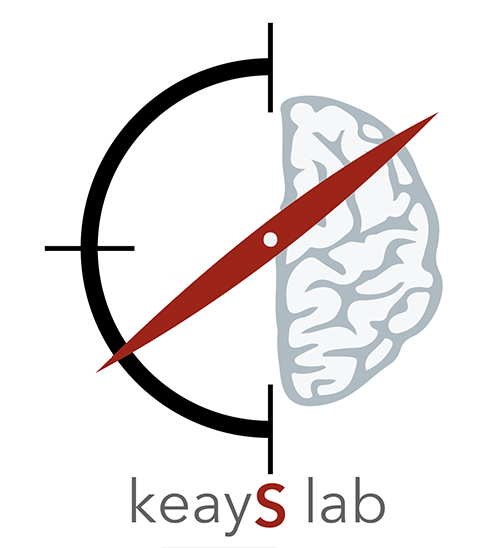The Platypus and Echidna are extraordinary mammals, with unique sensory and morphological features. This includes the ability to detect small electric fields, which is believed to aid the location of their prey. Unlike electroreceptive sharks and teleosts, current evidence suggests that monotremes detect electric fields by relying on trigeminally mediate mucosal receptors which are enriched at the rostral end of the echidna snout, and on the bill of the platypus (See Figure). Behavioural and physiological evidence has shown that these receptors are activated by cathodal stimuli in the range of 300mV to 50mV/cm.
 The molecules that enable the detection of electric fields in monotremes are unknown. The utility of a transcriptomic tools to identify putative electroreceptors has recently been demonstrated by Julius and colleagues who showed that the L-type calcium channel CaV1.3 mediates electroreception in Sharks and Skates (Bellono et al, Nature 2017 and 2018). This project will exploit mRNA sequencing of fresh and fixed tissue available through the Monotreme Resource Center (established by Prof. Grutzner) to identify candidate electroreceptors in monotremes. This will be complemented by histological analysis and advanced microscopy techniques to map the anatomical and cellular localisation of these molecules. In addition we anticipate the use of physiological methods, which will be employed to characterise the gating properties of ion channels identified by mRNA sequencing.
The molecules that enable the detection of electric fields in monotremes are unknown. The utility of a transcriptomic tools to identify putative electroreceptors has recently been demonstrated by Julius and colleagues who showed that the L-type calcium channel CaV1.3 mediates electroreception in Sharks and Skates (Bellono et al, Nature 2017 and 2018). This project will exploit mRNA sequencing of fresh and fixed tissue available through the Monotreme Resource Center (established by Prof. Grutzner) to identify candidate electroreceptors in monotremes. This will be complemented by histological analysis and advanced microscopy techniques to map the anatomical and cellular localisation of these molecules. In addition we anticipate the use of physiological methods, which will be employed to characterise the gating properties of ion channels identified by mRNA sequencing.
Collaborators: Prof. Frank Gutzner (University of Adelaide)
